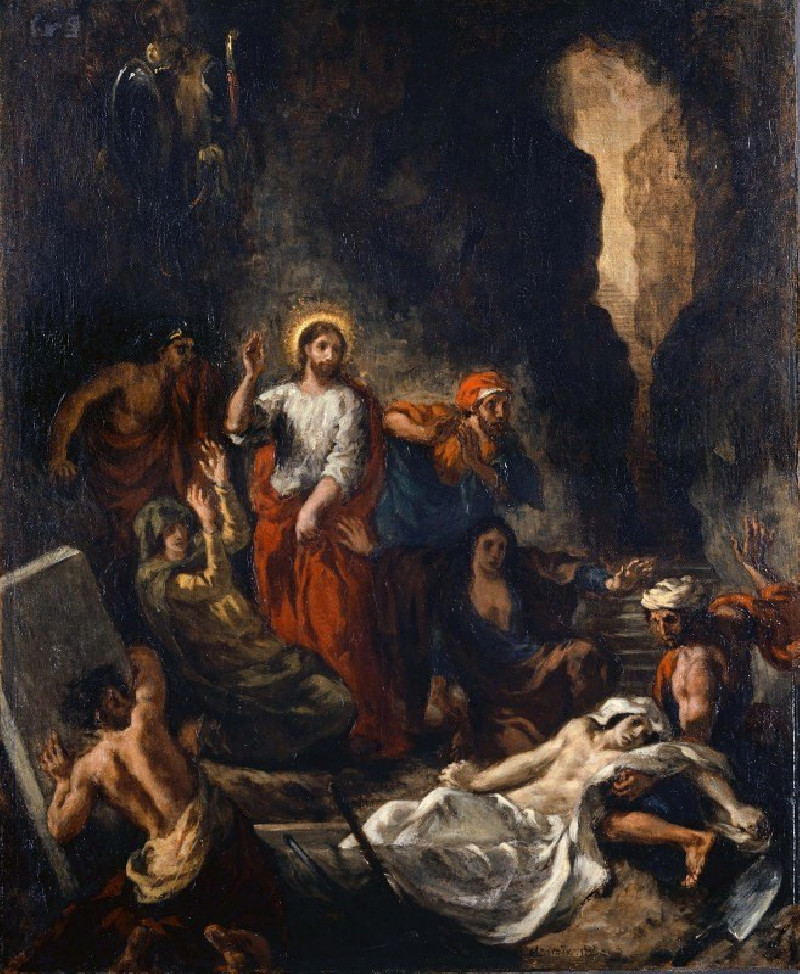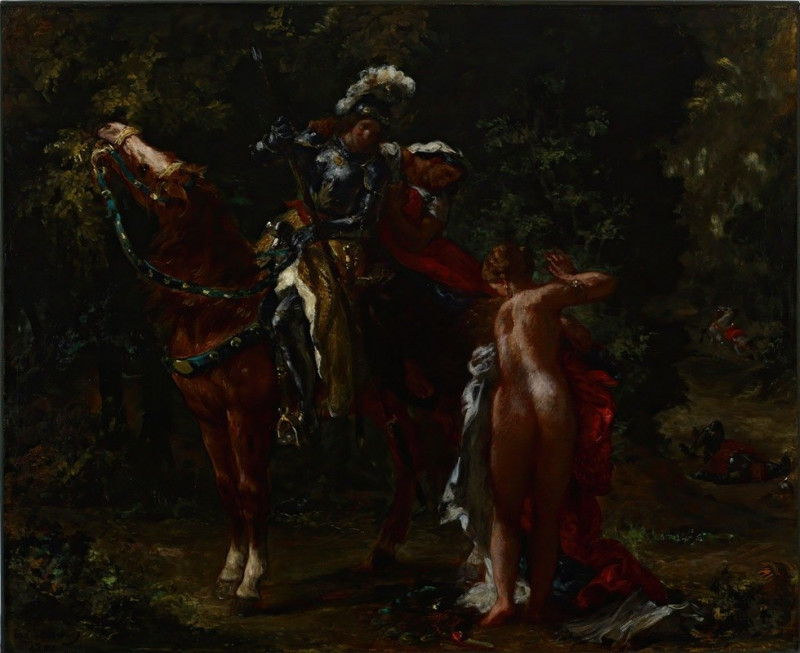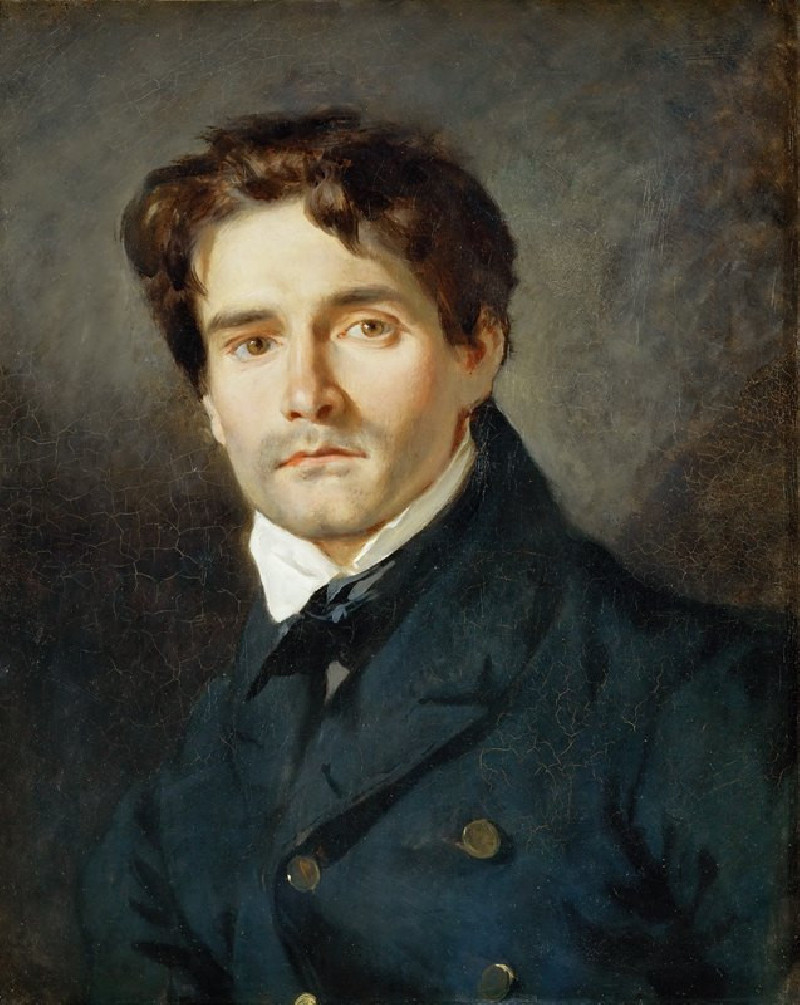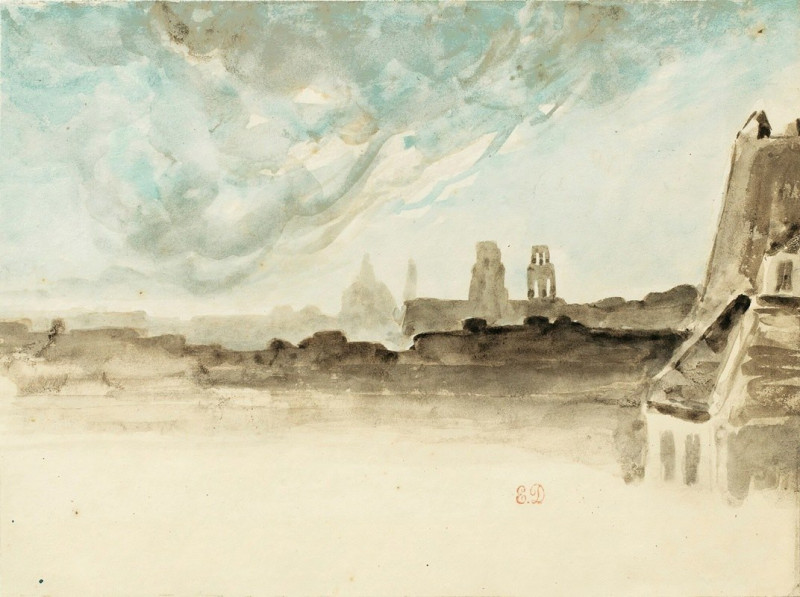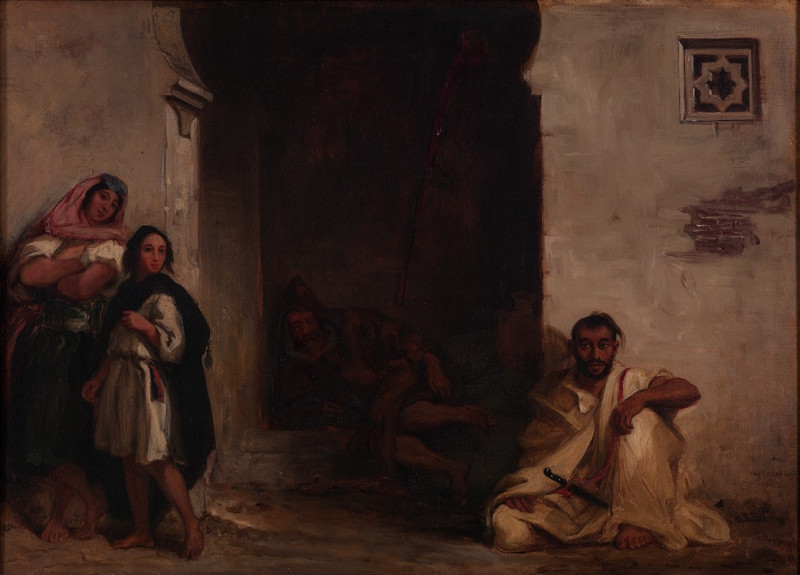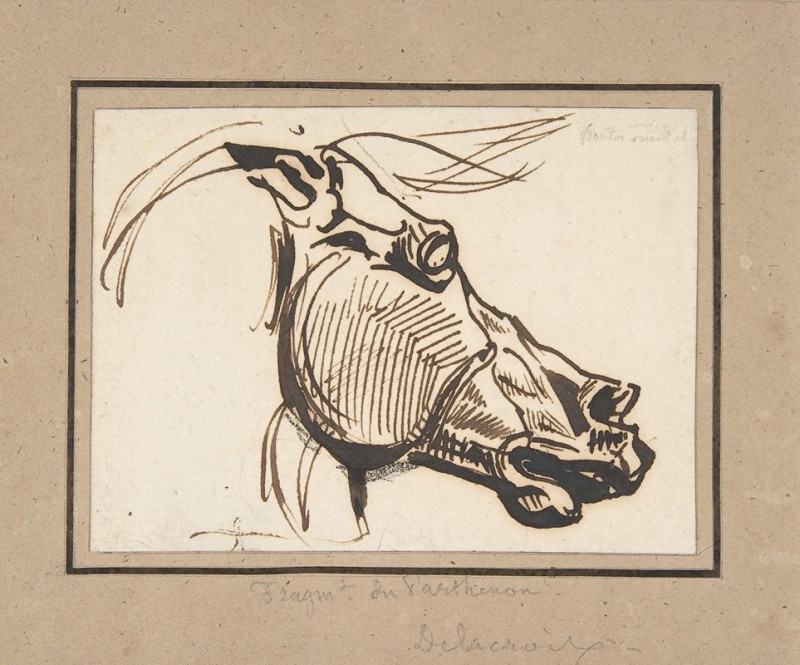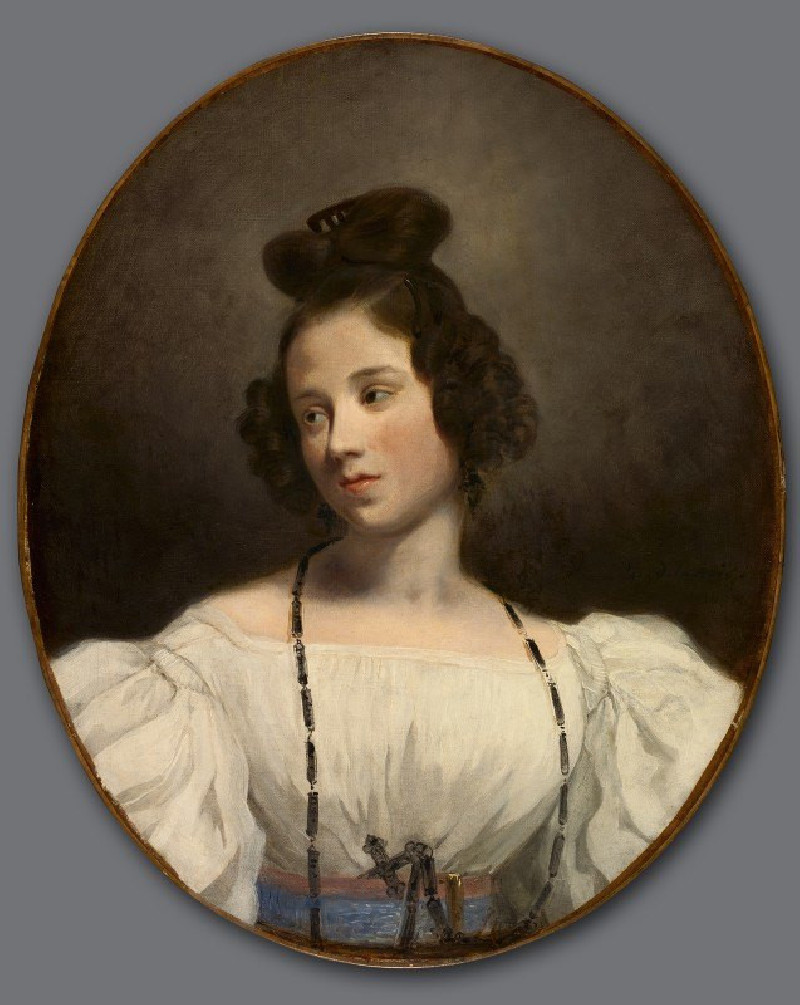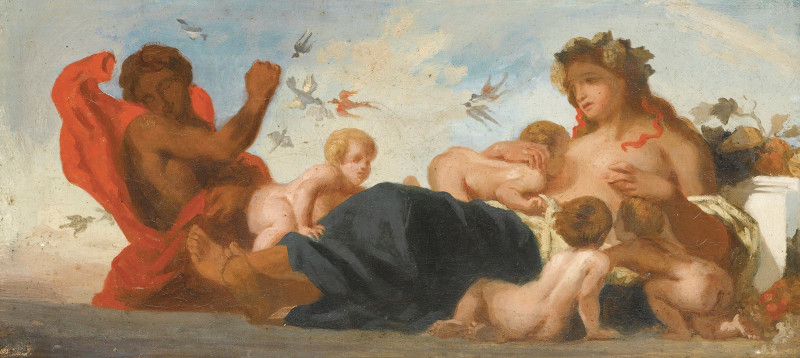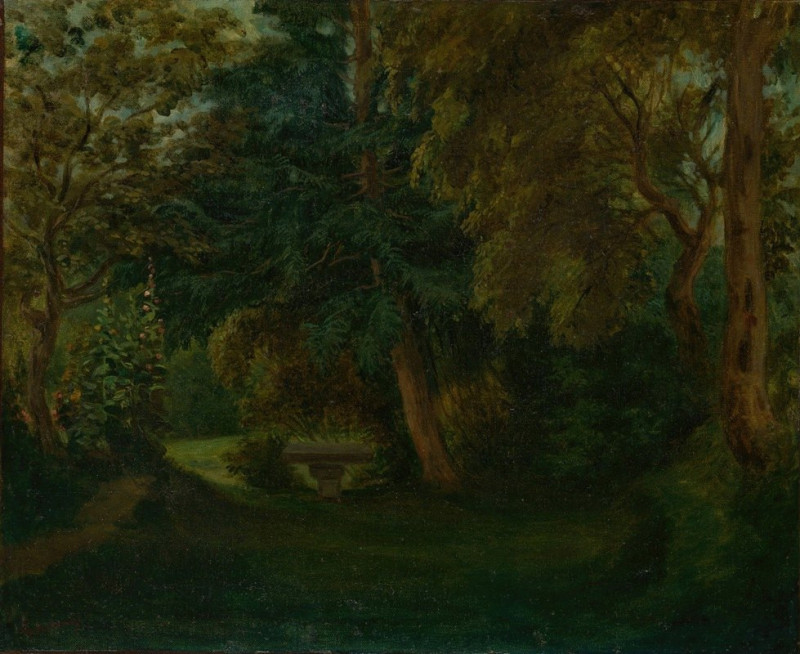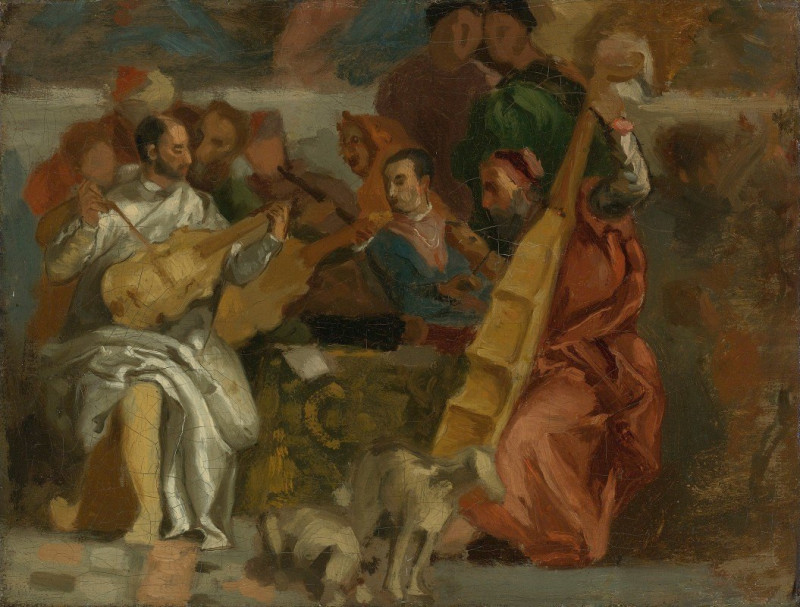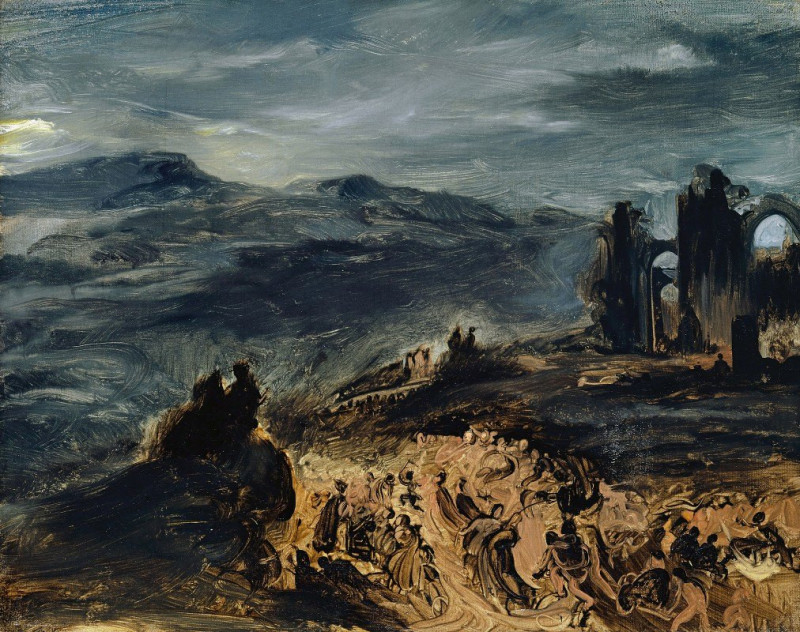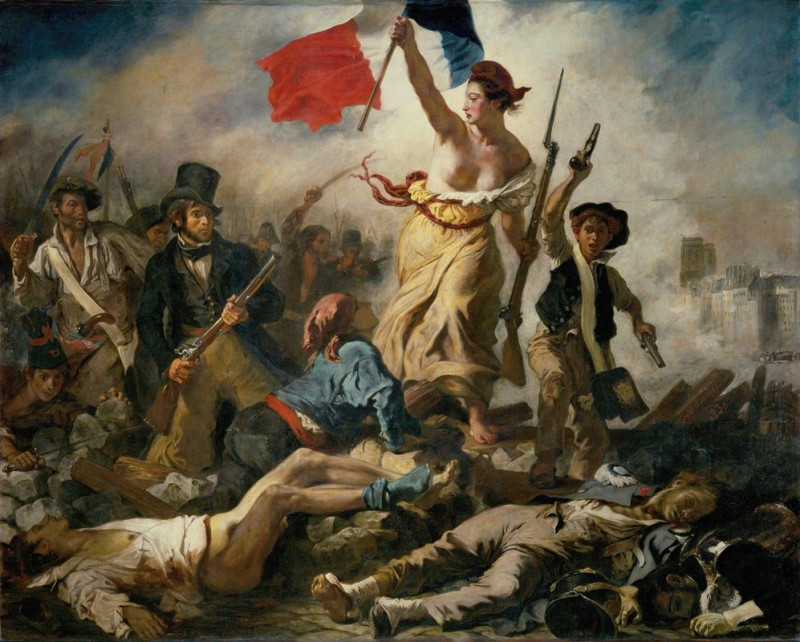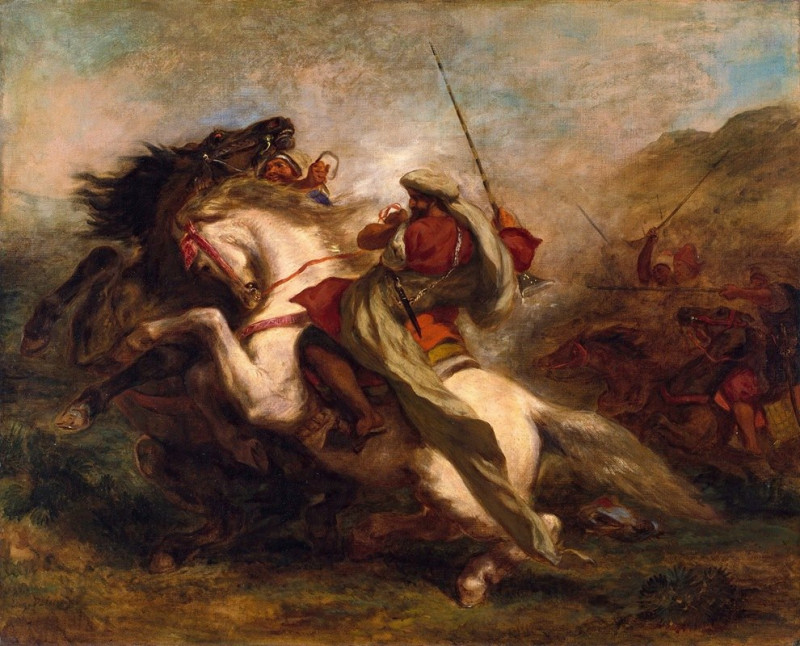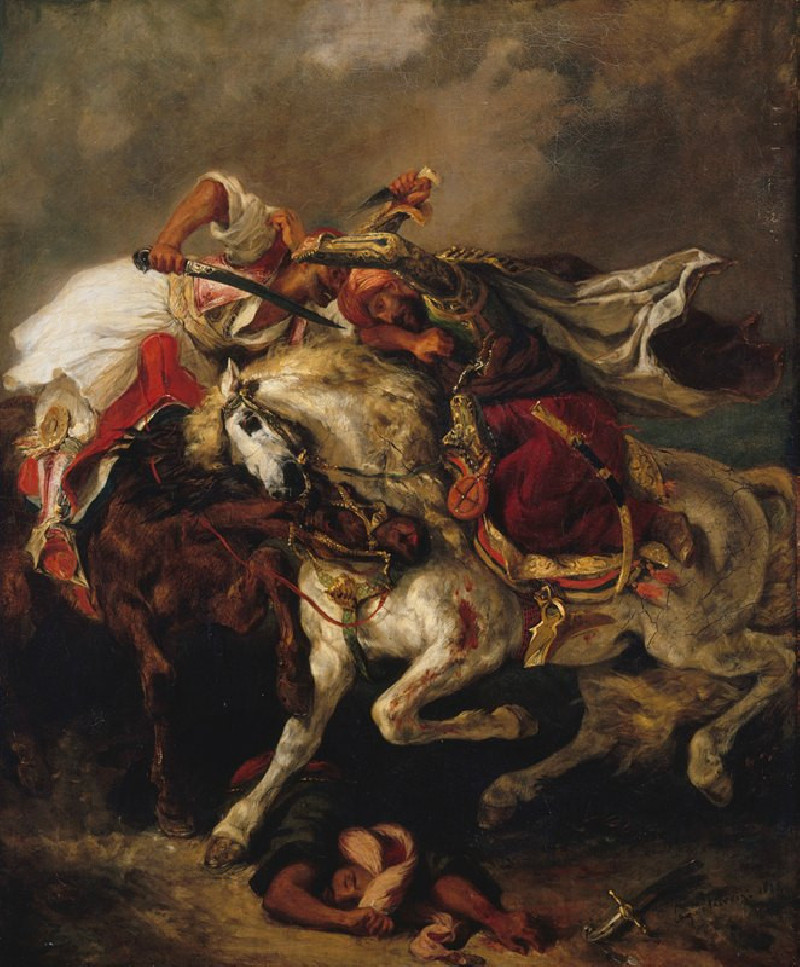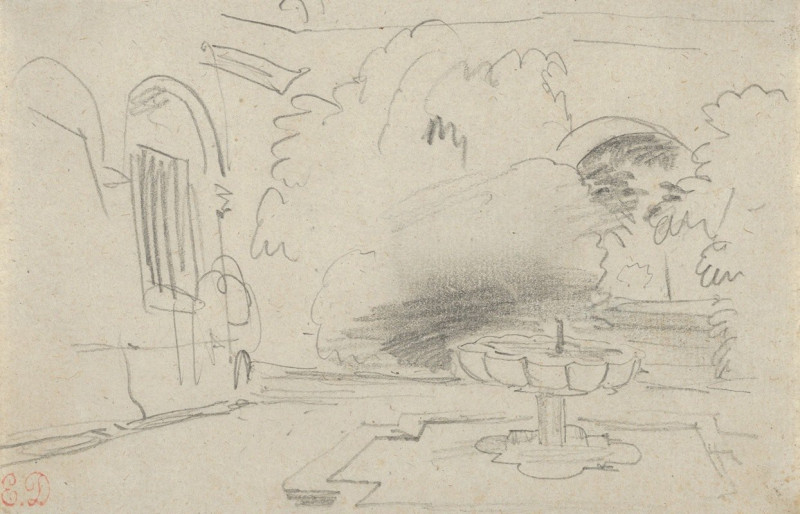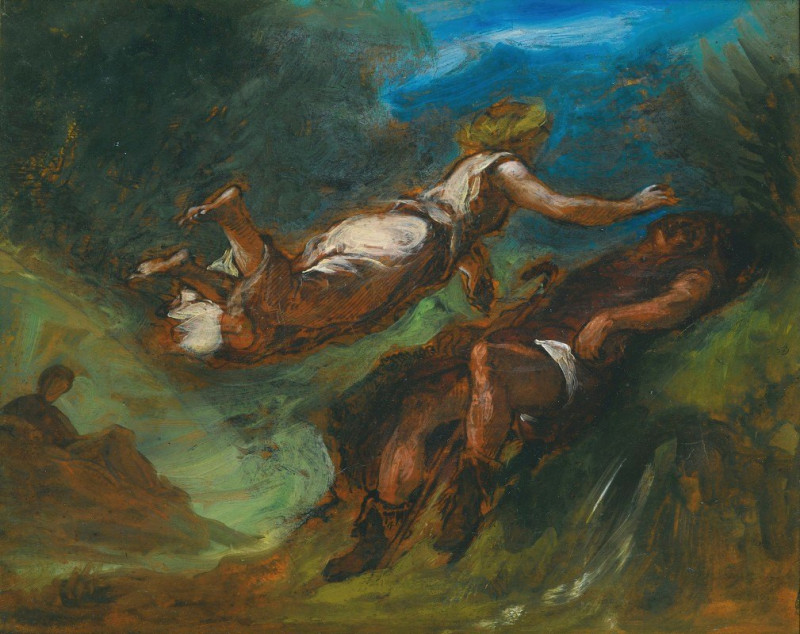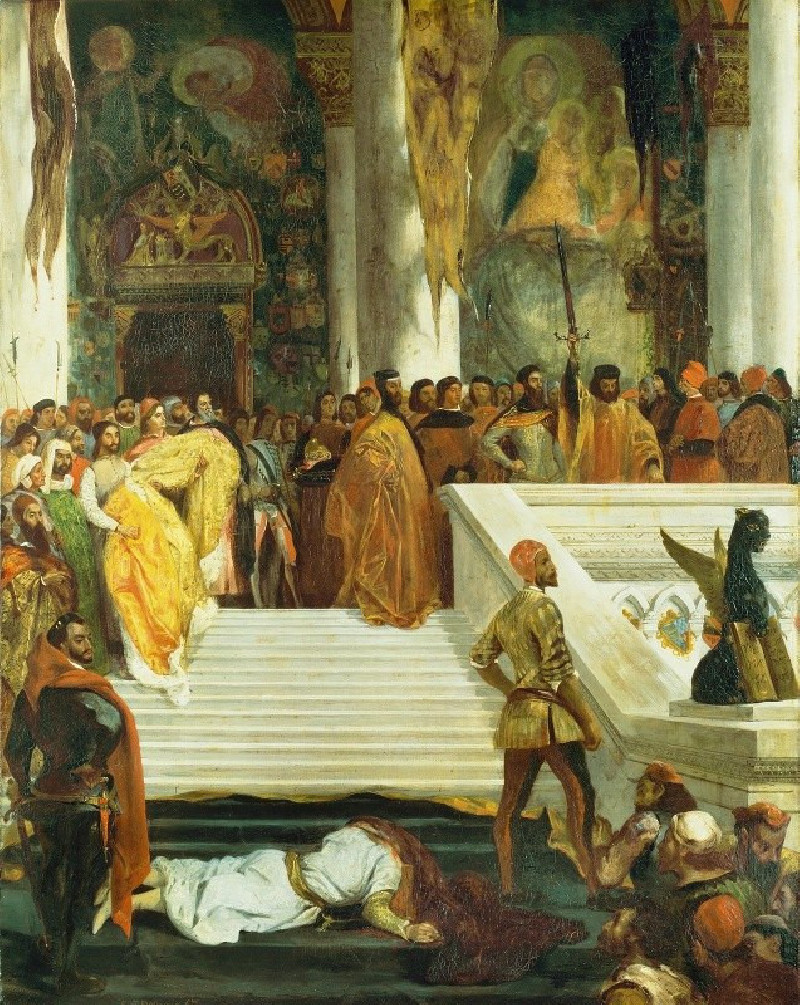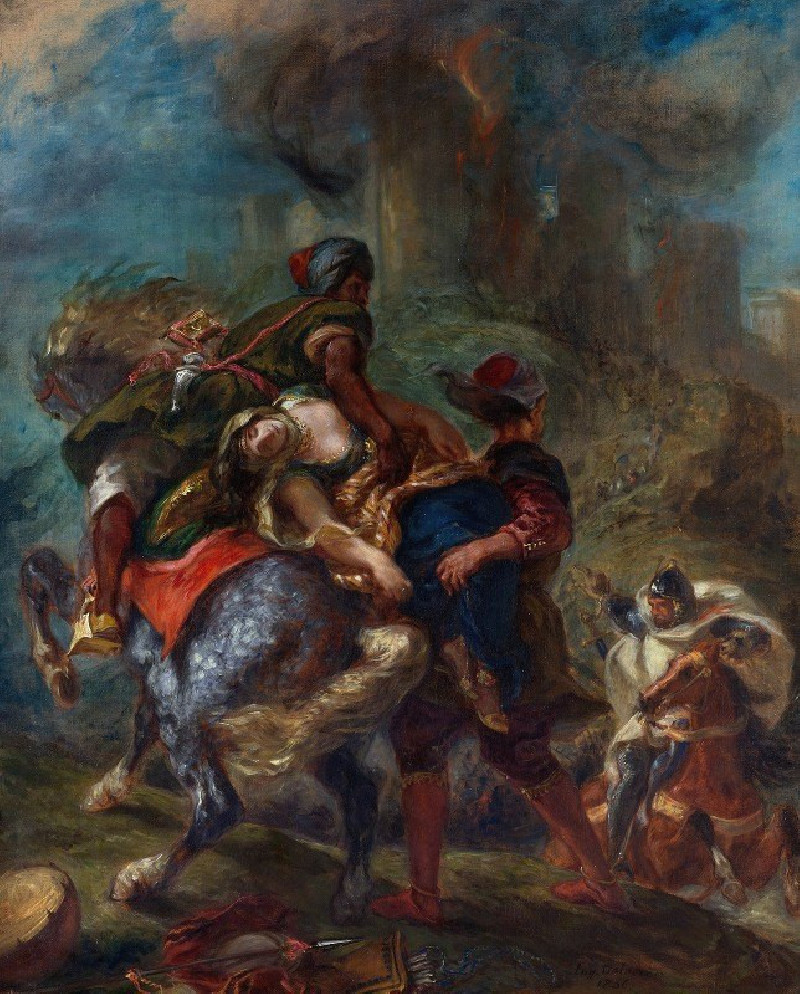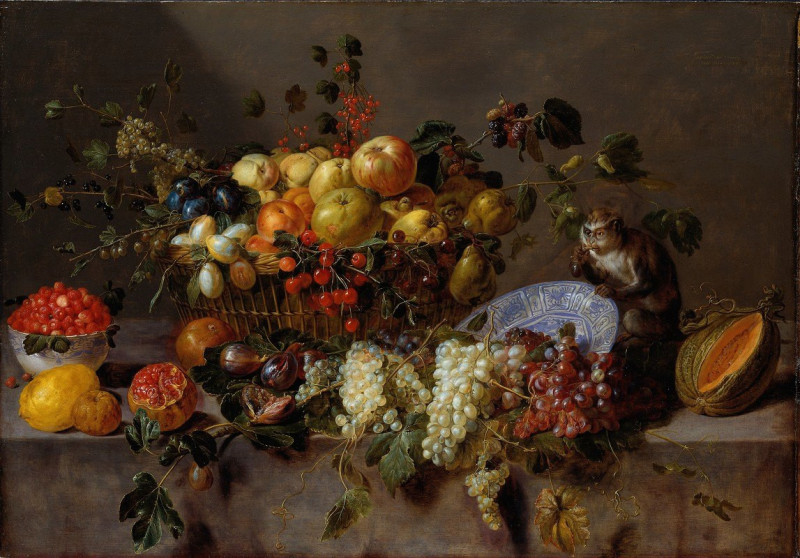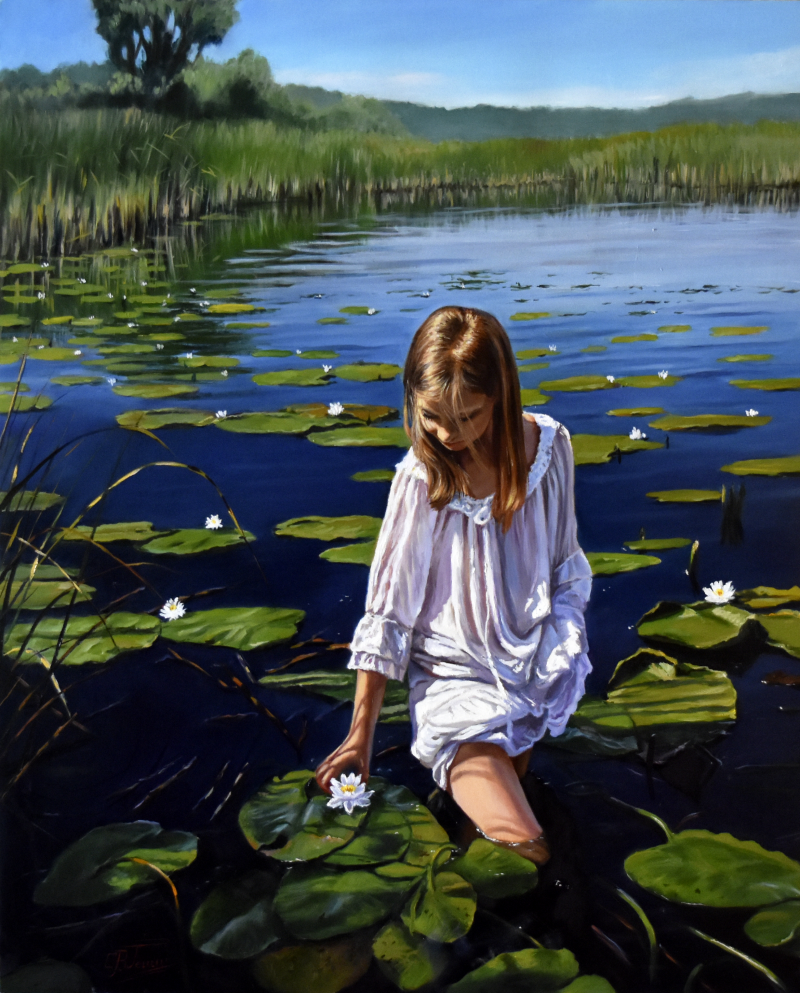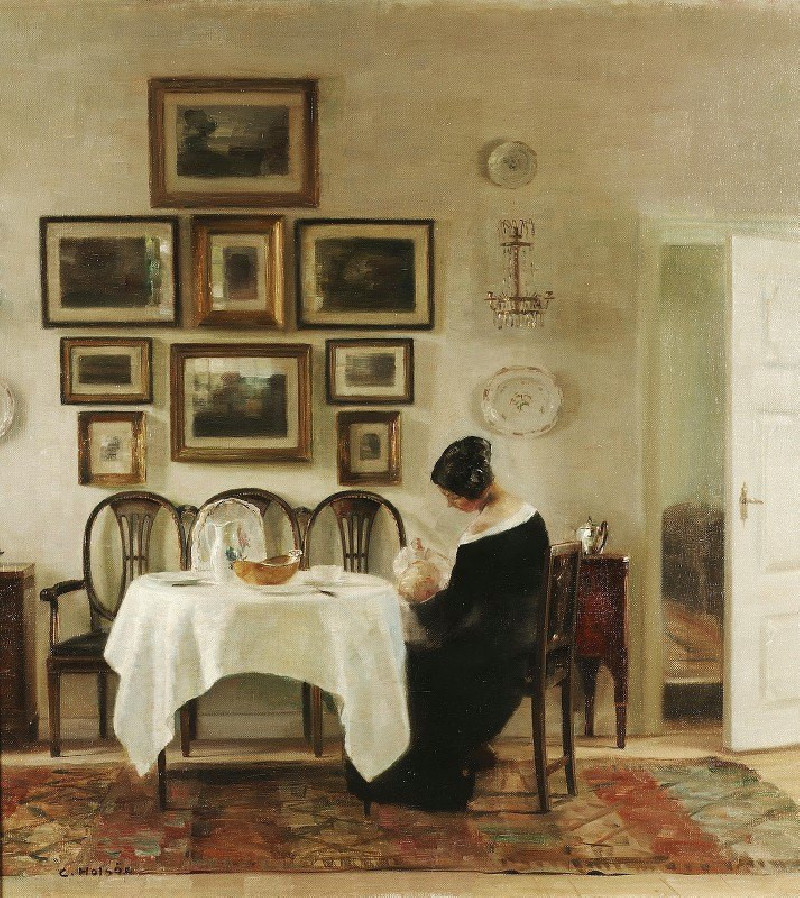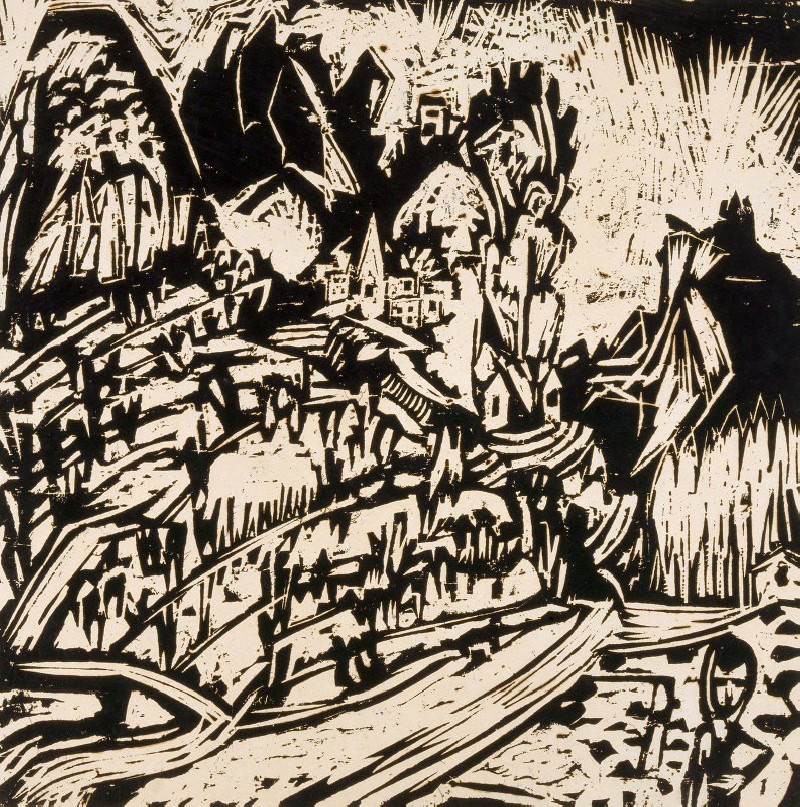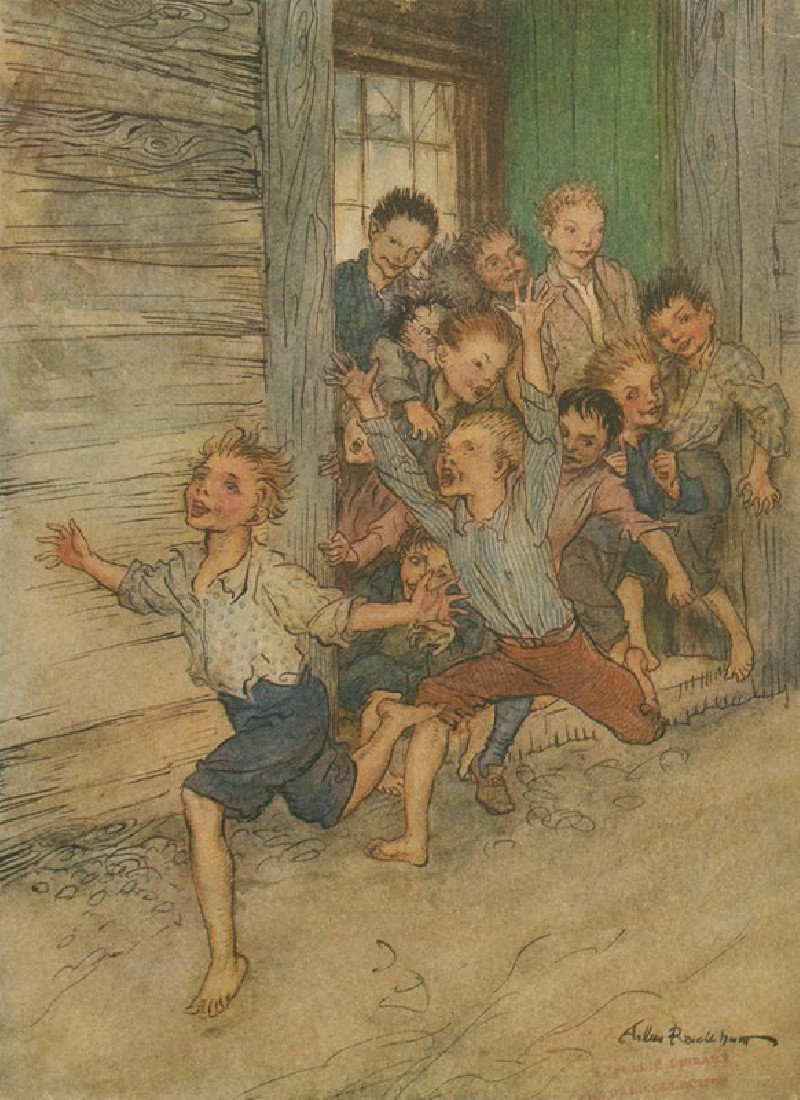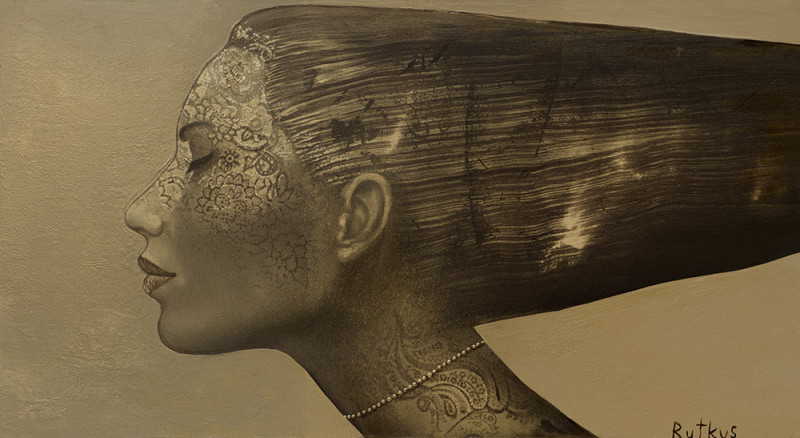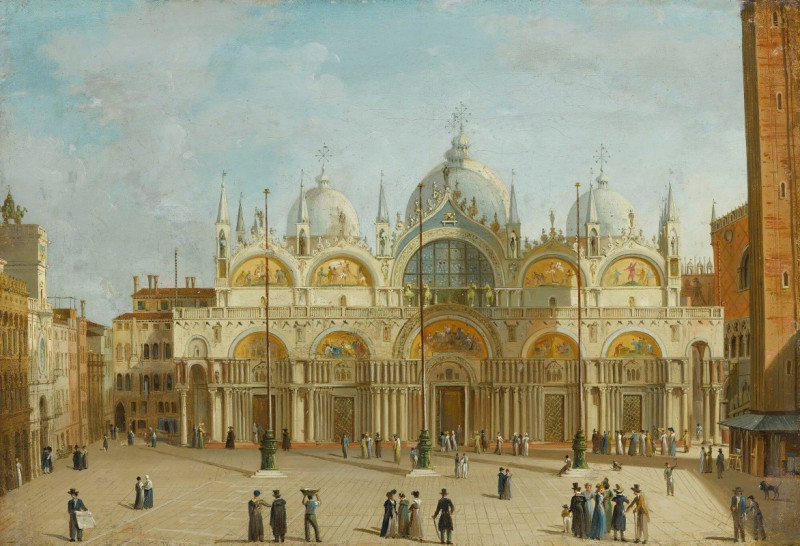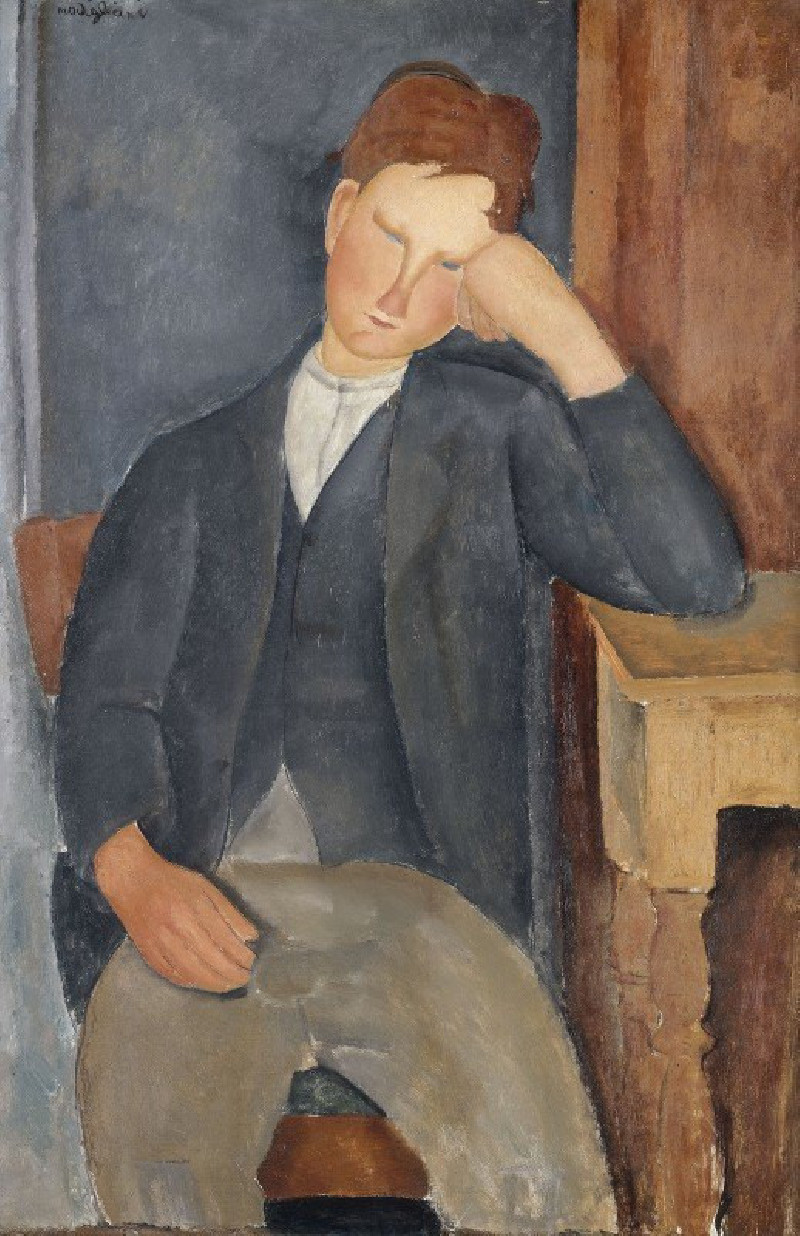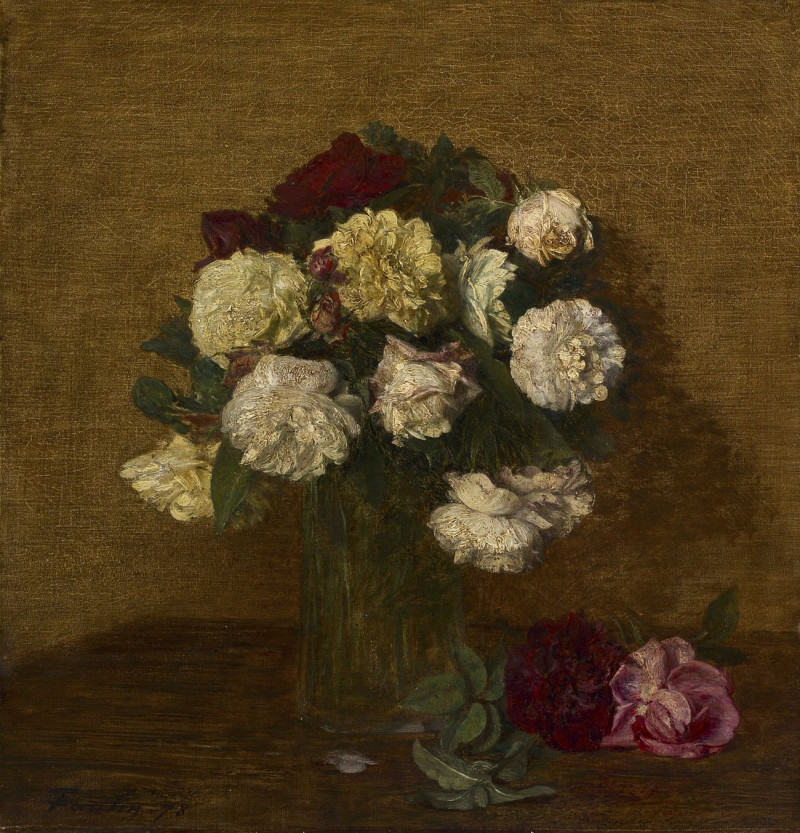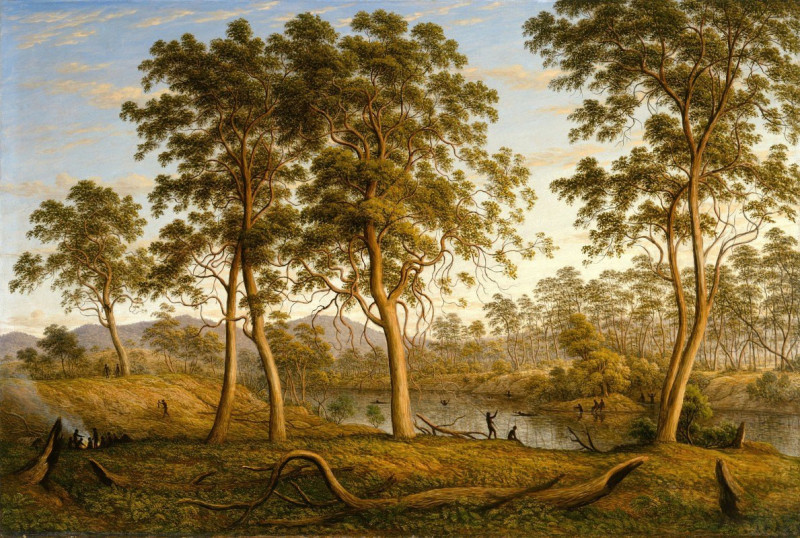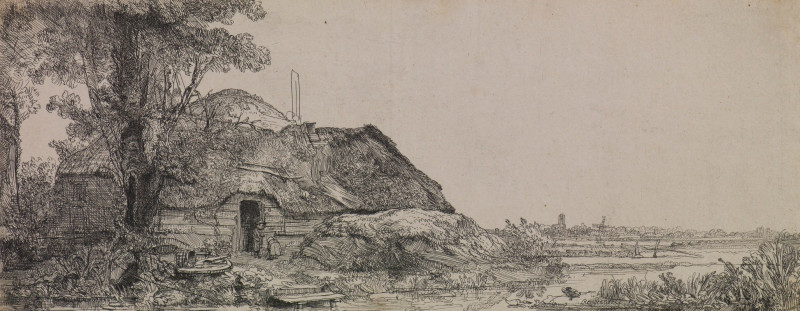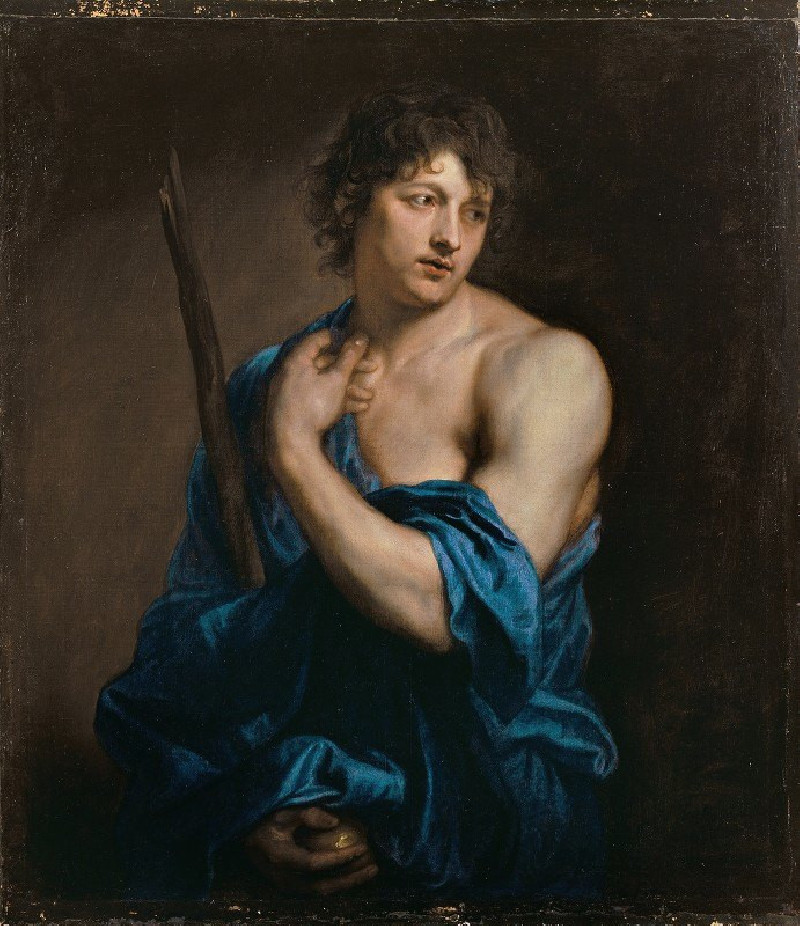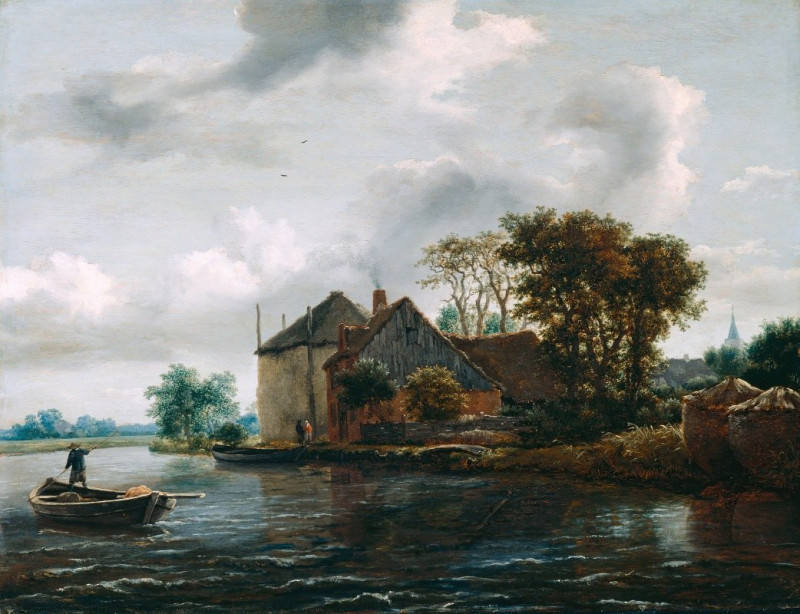The Resurrection of Lazarus (1850)
Technique: Giclée quality print
Recommended by our customers
More about this artwork
Eugène Delacroix's "The Resurrection of Lazarus" (1850) captures a pivotal biblical moment with the dramatic flair and emotional intensity characteristic of the Romantic era. The painting depicts the miraculous scene where Jesus Christ brings Lazarus back from the dead, a story derived from the Gospel of John in the New Testament.In this dark, tumultuous composition, Delacroix centers Jesus Christ, who is portrayed with a serene and divine presence, radiating a halo around his head. He gestures authoritatively towards Lazarus, whose lifeless body begins to stir beneath a white shroud. The reaction of the onlookers encompasses a spectrum of human emotion, from awe to fear to devotion, illustrating the impact of the miracle on those who witness it.The figures are rendered with loose, energetic brushstrokes, a technique that enhances the scene’s dynamism and emotional depth. The use of chiaroscuro — the contrast of light and dark — directs the viewer’s attention to the central figures of Christ and Lazarus, emphasizing the supernatural event unfolding.Delacroix’s ability to convey deep emotion and his masterful use of color are evident, making "The Resurrection of Lazarus" not only a representation of a miraculous event but also a profound exploration of faith, redemption, and the human condition.

